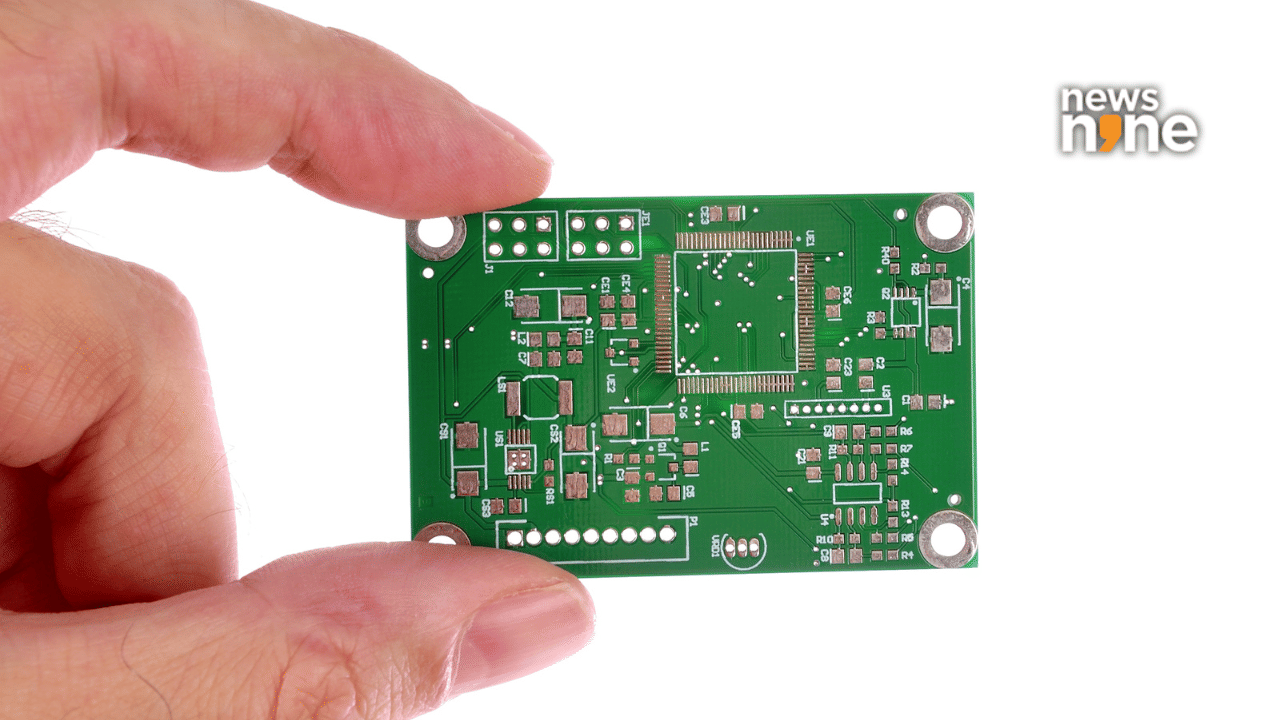New Delhi: India’s printed circuit board (PCB) manufacturing industry is gearing up for a major leap, with domestic output expected to reach nearly $14 billion by 2029-30, according to a joint report by the Electronic Industries Association of India (ELCINA) and Feedback Advisory. That would account for about 10% of the government’s $150 billion electronics components manufacturing target.
The report says that policy reforms, rising local demand, and a series of government-backed projects are transforming India’s PCB sector, which has long relied on imports from countries like China and Thailand. The shift could help India move closer to becoming a self-reliant electronics manufacturing hub.
Imports still dominate, but local growth is accelerating
Despite growing demand, India continues to import nearly 88% of its bare PCB requirements. In FY 2024-25, the country imported $3.7 billion worth of PCBs out of a total demand of $4.2 billion, with domestic production contributing just $600 million. Yet, local manufacturing is growing rapidly, with a compound annual growth rate (CAGR) of 27.3% over the past three years.
Industry leaders say this acceleration marks a turning point. Raghu Panicker, chief executive of Kaynes Semicon, told ET, “India’s bare board PCB market is experiencing significant growth, projected to reach $24.7 billion by 2033 with a CAGR of over 15%.”
New projects and government backing
The report highlights the role of policy schemes such as the Electronics Component Manufacturing Scheme (ECMS), Make-in-India, and the Production Linked Incentive (PLI) program in driving growth. Recent ECMS approvals include projects for multi-layer PCBs, HDI PCBs, camera module sub-assemblies, and polypropylene film.
Among them, four projects from Kaynes Group, and one each from Syrma Group, Ascent Circuits (Amber Group), and SRF Limited have been approved. These units are being set up in Tamil Nadu, Andhra Pradesh, and Madhya Pradesh, states that have become key electronics manufacturing zones.
According to Panicker, “Challenges remain, particularly the reliance on imports for certain high-end PCBs and raw materials like copper-clad laminates, but local capacity is increasing, especially for lower-end products.”
Industry leaders call for deeper local capabilities
Mumbai-based Syrma SGS managing director Jasbir Singh Gujral said India’s ecosystem is finally coming together after years of dependence on imports. “With strong policy support through the PLI scheme, Scheme for Promotion of Manufacturing of Electronic Components and Semiconductors (SPECS), and dedicated component clusters, the country finally has the ecosystem to scale up manufacturing locally,” Gujral said.
He added that the next big focus should be on value addition. “The next big focus should be on deepening capabilities, not just assembling boards, but developing a robust base for multilayer, flex and copper-clad laminates. That’s where the real value addition happens, and that’s what will make India globally competitive,” he said.
Investments and global opportunity
India’s PCB demand has grown to around $5 billion, but manufacturing capacity remains limited. “We are seeing encouraging signs through large investments, new projects and partnerships that signal confidence in India’s potential. The projection of $14 billion by 2030 seems achievable if this momentum continues,” Gujral added.
The ELCINA-Feedback report also estimates that developing 10–12 large PCB plants with an annual capacity of one million square metres could create 20,000 direct jobs and 75,000 indirect jobs. It recommends investments in flex and rigid-flex PCBs, which are increasingly used in smartphones, IT hardware, automotive electronics, and EV components.
Globally, the PCB industry is valued at $73 billion in 2024, with China accounting for 50–60% of production and Thailand emerging as a new hub with over $10 billion in fresh investments.
India, the report notes, has a short window of opportunity to secure a bigger place in the global supply chain if it continues to expand manufacturing capacity and attract top international PCB players. With the right mix of policy support, automation, and local innovation, the country could transition from a net importer to a trusted global supplier within the next decade.
